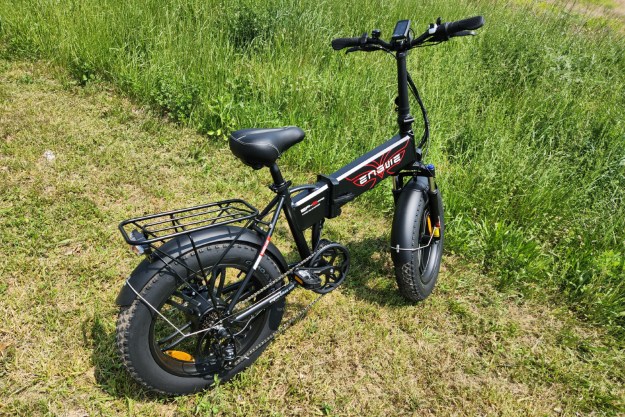Traditionally to solve the problem of weight differences between climbers, a load is added to the belayer to make them “heavier.” Alternatively, the belayer can be anchored in to a solid object, such as a tree or a boulder. Sandbags and other kinds of anchors are utilized in gyms, at the crag, and climbing destinations around the world. This common issue has never been addressed from the other side of the problem — the climber’s side — until now.
An “Ohm” is a unit of measurement for resistance — a fitting name for this innovative product. The Ohm serves as friction-adding device that assists with stopping rope movement. It functions by enclosing the lead rope within a camming function that is activated in the event of a fall.
The Ohm needs to be clipped into a quickdraw which is then attached to the first bolt on a climbing route. This ensures protection beginning the moment a climber is officially “on belay.” The Ohm attributes to increased friction which allows the lighter belayer to catch the heavier climber without being pulled off the ground.
The company assures climbers the device does not hinder normal climbing movement in any way. Rope is still able to be played out freely by the belayer and pulled up easily by the climber.
This resistance-adding feature also helps with the lowering process. The extra friction on the rope allows belayers to lower heavier climbers in a safer, more controlled fashion.
The Ohm is most useful on vertical routes, such as in the gym or at a sport crag. The straighter the line, the less resistance there will be in the system, allowing the Ohm to work to its optimum potential. The device can be purchased for $130 through REI’s website.


